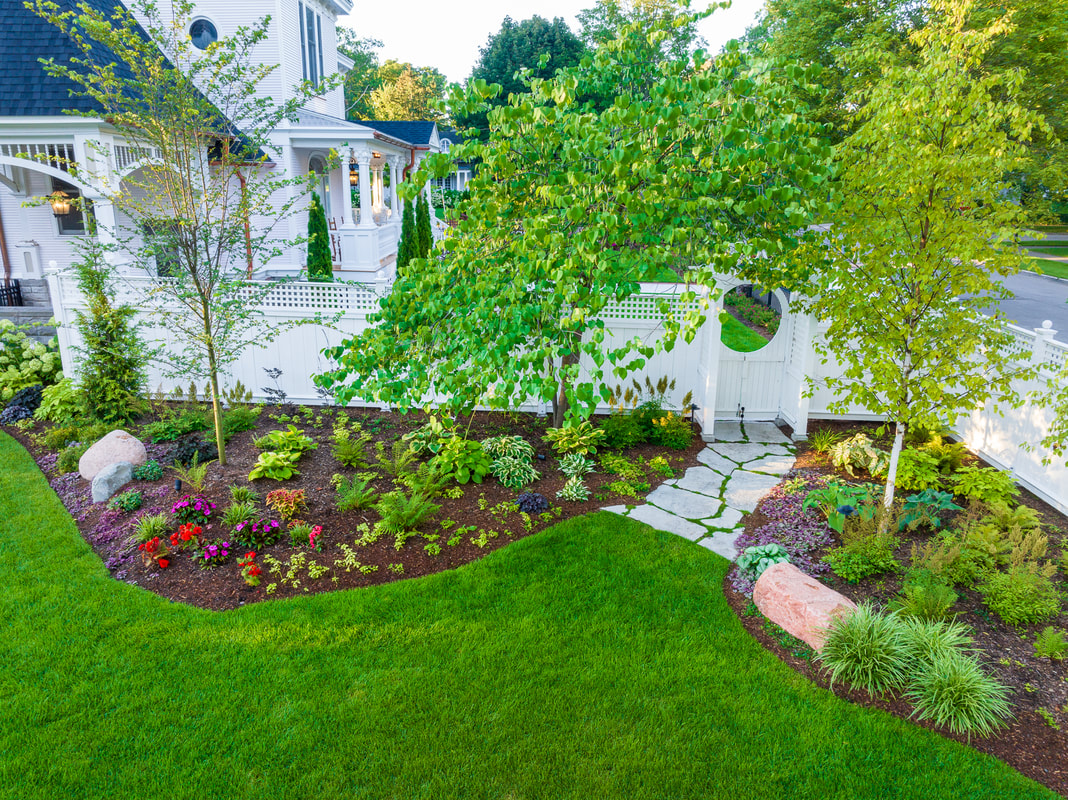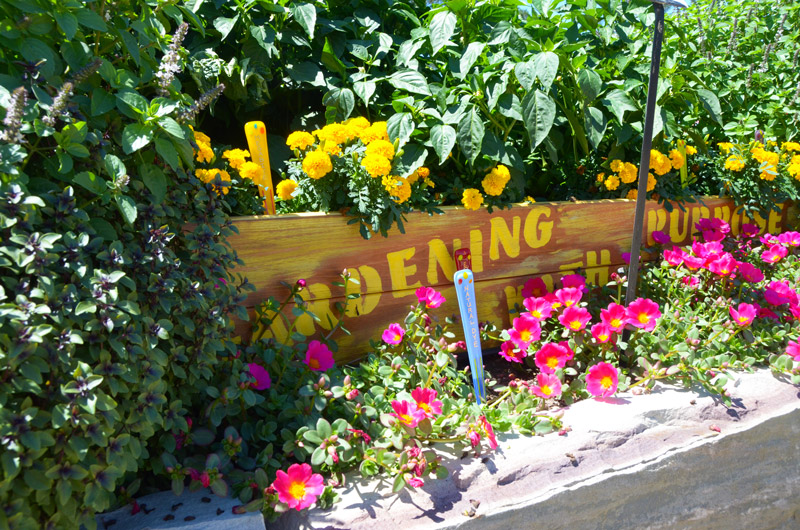The Best Strategy To Use For Hilton Head Landscapes
The Best Strategy To Use For Hilton Head Landscapes
Blog Article
Not known Facts About Hilton Head Landscapes
Table of ContentsThe Best Strategy To Use For Hilton Head LandscapesWhat Does Hilton Head Landscapes Do?The smart Trick of Hilton Head Landscapes That Nobody is DiscussingRumored Buzz on Hilton Head LandscapesThe Ultimate Guide To Hilton Head LandscapesIndicators on Hilton Head Landscapes You Should KnowThe 25-Second Trick For Hilton Head Landscapes
Line creates all forms and patterns and can be used in a selection of means in the landscape. Line in the landscape is produced by the edge in between 2 materials, the rundown or shape of a kind, or a long straight function. Lines are a powerful device for the designer because they can be utilized to create an infinite variety of forms and types, and they manage activity of the eye and the body.

Lines can have several features, such as those defined below, yet they commonly serve different objectives. Number 1. Lines in the landscape - landscapers hilton head island. The buildings of lines establish exactly how people react to the landscape, both mentally and physically. Straight lines are architectural and forceful; they create a formal personality, are usually related to a symmetrical style, and lead the eye directly to a centerpiece.
A Biased View of Hilton Head Landscapes
Straight lines are most typically discovered in hardscape sides and product. Bent lines produce a casual, natural, loosened up personality that is linked extra with nature and asymmetrical equilibrium. Rounded lines move the eye at a slower pace and include mystery to the room by creating surprise views. Upright lines move the eye up, making an area feel larger.
Vertical lines in the landscape consist of tall, narrow plant material, such as trees, or tall frameworks, such as an arbor or a bird home on a pole. Straight lines move the eye along the ground plane and can make an area feel larger. Reduced lines are more controlled and develop a feeling of rest or repose.
4 Easy Facts About Hilton Head Landscapes Explained
Lines are additionally developed by the upright forms of developed functions and plant product. There are three main line kinds that develop form in the landscape: bedlines, hardscape lines, and plant lines.
Bedlines link plant product to your house and hardscape because the eye adheres to the line, moving the stare with the landscape. Hardscape lines are produced by the side of the hardscape, which delineates the constructed structure. Line can additionally be produced by long and narrow products, such as a fencing or wall.
The Buzz on Hilton Head Landscapes
Form is discovered in both hardscape and plants, and it is normally the leading visual aspect that spatially arranges the landscape and frequently establishes the style of the garden. The kind of structures, plant beds, and yard accessories also establishes the overall form theme of the garden. Formal, geometric kinds consist of circles, squares, and polygons.
Plants develop form in the garden with their lays out or silhouettes, but form can also be defined by a void or negative room in between plants - landscape design hilton head (https://pubhtml5.com/homepage/eikot/). Circles can be cycles, or they can be divided right into half circles or circle sectors and incorporated with lines to create arcs and tangents
An Unbiased View of Hilton Head Landscapes
Circles are a solid layout type since the eye is always drawn to the facility, which can be used to highlight a focal factor or connect various other forms. Circular kinds in hardscape and yard panels.
The square type can likewise be segmented and secondhand continuously to produce a grid pattern. Unlike circles, squares are stronger on the brink, which can be lined up or overlapped to produce one-of-a-kind patterns and even more intricate kinds. Polygons are many-sided types with straight sides. Triangulars, for instance, are three-sided polygons.
Twisting lines usually imitate the natural training course of rivers or streams and can be called smooth lines with deeply curved undulations. Twisting lines (Figure 3) function well for paths, plant bedlines, and completely dry stream beds. Meandering lines can add interest and mystery to a yard by leading customers around edges to find new views and rooms.
The smart Trick of Hilton Head Landscapes That Nobody is Discussing

Number 5. Fragmented sides: tipping rocks in path. Type is the most enduring high quality of a plant (landscaping hilton head sc). https://www.pubpub.org/user/steven-gonzales. Typical plant kinds are well developed and standard, as type is one of the most consistent and well-known characteristic of plants. Kind can likewise be created via the massing of plants, where the overall mass produces a different kind than an individual plant.
A highly different kind needs to be used with careone or two job well as a focal factor, yet as well several wreak havoc. All-natural plant kinds, instead of over-trimmed forms, should establish the mass of the composition. The relevance of total form is essentially based on the watching perspectivethe form of a tree can appear quite different to an individual standing under the cover versus watching the tree from a range in an open field.
The 5-Second Trick For Hilton Head Landscapes
Plant forms likewise develop and define deep space or open areas between the plants, creating either convex or concave types in deep spaces. High-arching tree branches normally produce a concave open space under the branches, and a round cover with reduced branches loads the space to produce a convex type outdoors room under the tree.

Report this page